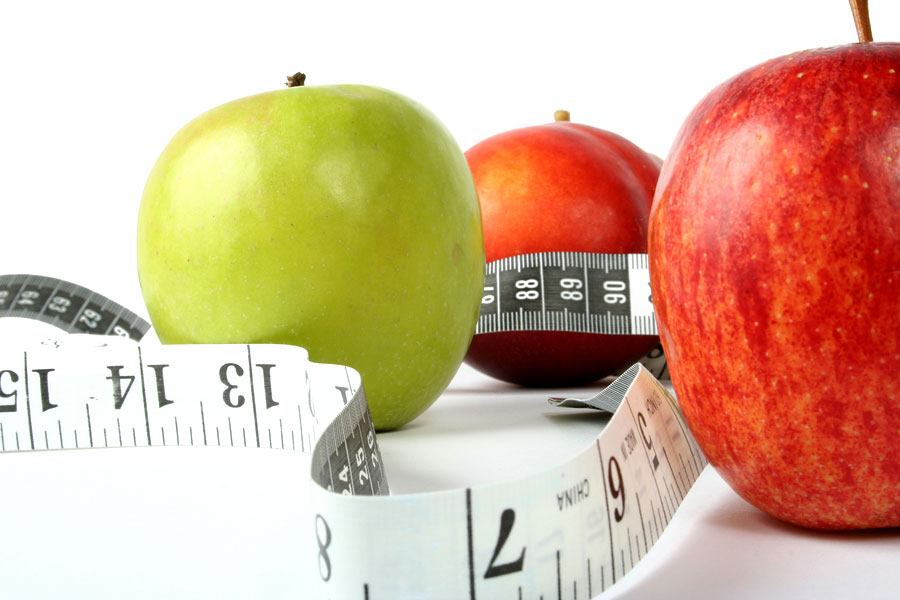
When you downloaded that mobile fitness and food-tracking app, you probably had high hopes for its success. By crunching the numbers and accounting for all calories in and out, you’ll be losing weight fast, right?
While that’s the ideal scenario, a few common issues could be turning your efforts to trim your waistline into an epic waste of time.
1. Your high activity levels
When you fill out your profile details, you’ll have the option to choose between levels that might include “sedentary,” “light activity,” “moderate activity,” or “very active.” You might think you’re moderately active if you exercise moderately nearly every day of the week — but that’s not the case. For most apps, the activity level is based on your job, not your exercise habits. If you have a desk job, choose the “sedentary” setting. Unfortunately, that’s probably going to reduce your calorie goal, but it can help you meet your overall weight loss goals faster.
2. Your portion sizes
When you eat packaged foods, it’s easier to track portion sizes, since they’re clearly marked on the box. When you put together a homemade casserole, however, you’re going to have to make your best guesstimate. To get closer to the right portion sizes, weigh or measure your foods diligently. Measure out dry or cooked foods with a measuring cup, or invest in a kitchen scale to keep tabs on the number of grams a food contains.
3. Your vague estimates
Check your app’s user information to find out whether the calorie estimates for the various exercises fluctuate based on weight. If they don’t, the calories you’re entering for a certain workout may be far overblown for you. One way to check this is to enter in a vastly lower weight in your profile. Then look at the “calories burned” list to see whether your favorite workout’s calorie estimate has changed. If it hasn’t, the app probably doesn’t calibrate calories burned based on weight. Use a “calories burned estimator” from a reputable source such as the American Council on Exercise to estimate the number of calories you’ve burned during any given workout.
4. You’re not tracking enough
While you don’t want calorie tracking to consume too much of your precious time — but you don’t want to wait so long that you forget exactly how much you ate or how long you worked out. Instead of waiting until the end of the day to track your calories, track once in the morning, once at lunch and then once at the end of the day. If the app you’re using has the option to create meals based on common foods you eat, do so; it can save you time in the long run.
5. You’re not eating enough
When you track calories, you quickly realize how fast they can add up. For some people, the natural result is to greatly reduce caloric intake to stay within the goal — sometimes skipping meals or eating only the lowest-calorie foods. At some point, somewhere below the 1,200 calorie mode, your body is going to respond by storing energy as fat. This is the so-called “starvation mode,” and it’s not going to help you lose weight. Stick as close to your calorie goal as possible, and eat back any calories you’ve burned off by exercising. The ideal result will be steady, safe weight loss that you’ll be able to keep off for the long term.